Two weeks after a highway tunnel collapsed in the Indian state of Uttarakhand, rescuers have yet to rescue 41 trapped workers.
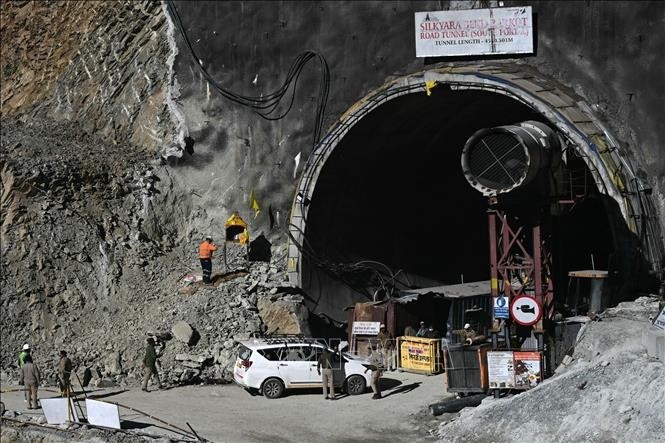 |
| Rescue operations for workers trapped at the scene of a tunnel collapse in Uttarakhand state, India. (Source: Hindustan) |
On November 25, rescuers deployed a new excavator to the scene to create a vertical shaft down the tunnel, after other attempts to open a path encountered obstacles just meters away from the trapped people.
According to engineers' calculations, the vertical shaft needs to be about 89m deep to ensure the safety of those trapped below, in the context of the ground being collapsed. The collapse occurred in the Himalayan mountain area, so the mountainous terrain is also an obstacle to rescue work.
Engineers have laid a metal pipe through 57m of buried earth, cement, metal bars and construction machinery. About 9m from where the workers are trapped, the giant drilling operation has been halted. A rescue team has also deployed at a third location, about 480m away.
Arnold Dix, president of the International Tunneling and Underground Space Association, said the main excavator had broken down, causing the excavation to be interrupted.
Since the tunnel collapsed on November 12, rescue efforts have been slow and complicated as rocks and soil continue to collapse and important heavy drilling machines continue to malfunction or break down.
The air force has twice dropped relief supplies to those stranded. Ambulances remain at the scene, while a field hospital has been set up to receive those stranded.
On November 21, rescuers saw the trapped workers for the first time thanks to images recorded by endoscopes that they dropped down along the narrow pipes used to transfer oxygen, food, and drinking water to those below. 41 workers still survived in the collapsed tunnel, about 2km long and about 8.5m high.
Source







![[Photo] Parade to celebrate the 50th anniversary of Laos' National Day](/_next/image?url=https%3A%2F%2Fvphoto.vietnam.vn%2Fthumb%2F1200x675%2Fvietnam%2Fresource%2FIMAGE%2F2025%2F12%2F02%2F1764691918289_ndo_br_0-jpg.webp&w=3840&q=75)




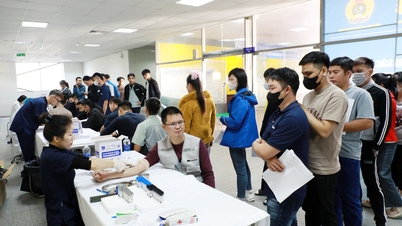

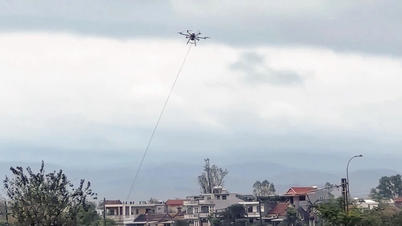

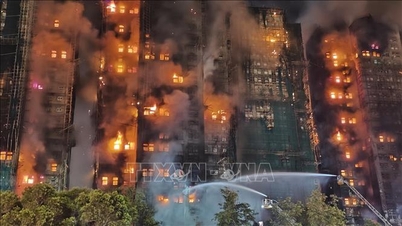
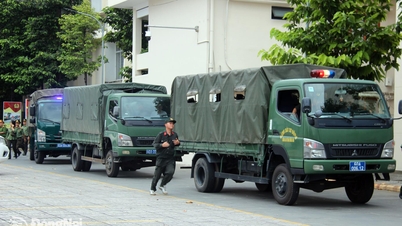






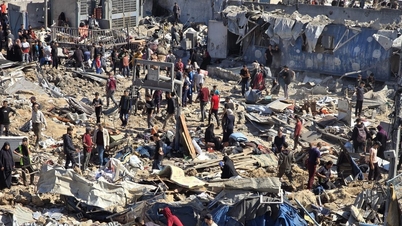
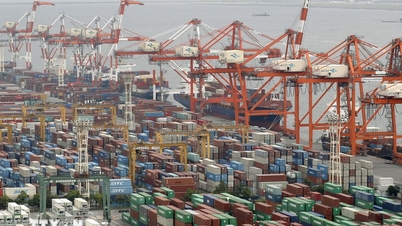









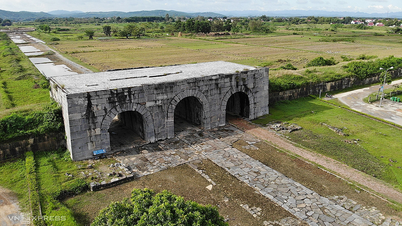
![[Photo] Worshiping the Tuyet Son statue - a nearly 400-year-old treasure at Keo Pagoda](/_next/image?url=https%3A%2F%2Fvphoto.vietnam.vn%2Fthumb%2F1200x675%2Fvietnam%2Fresource%2FIMAGE%2F2025%2F12%2F02%2F1764679323086_ndo_br_tempimageomw0hi-4884-jpg.webp&w=3840&q=75)
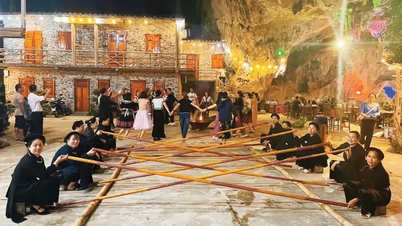

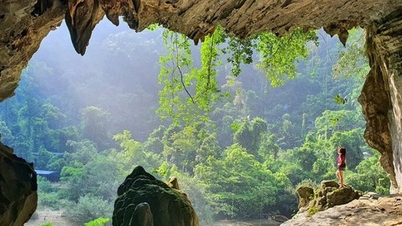

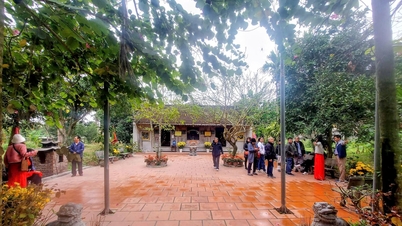
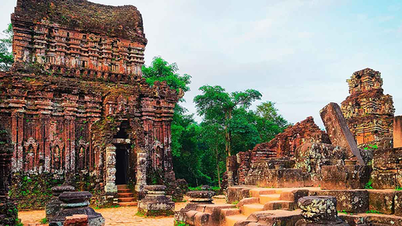













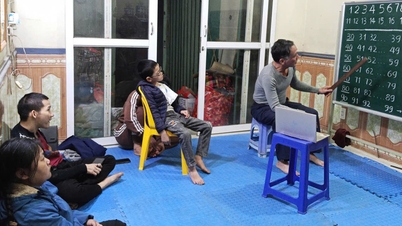






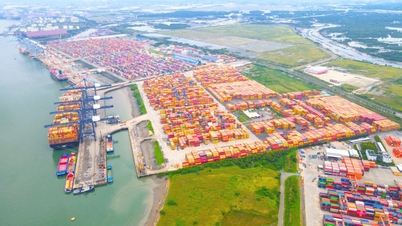














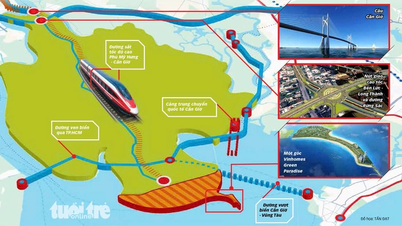































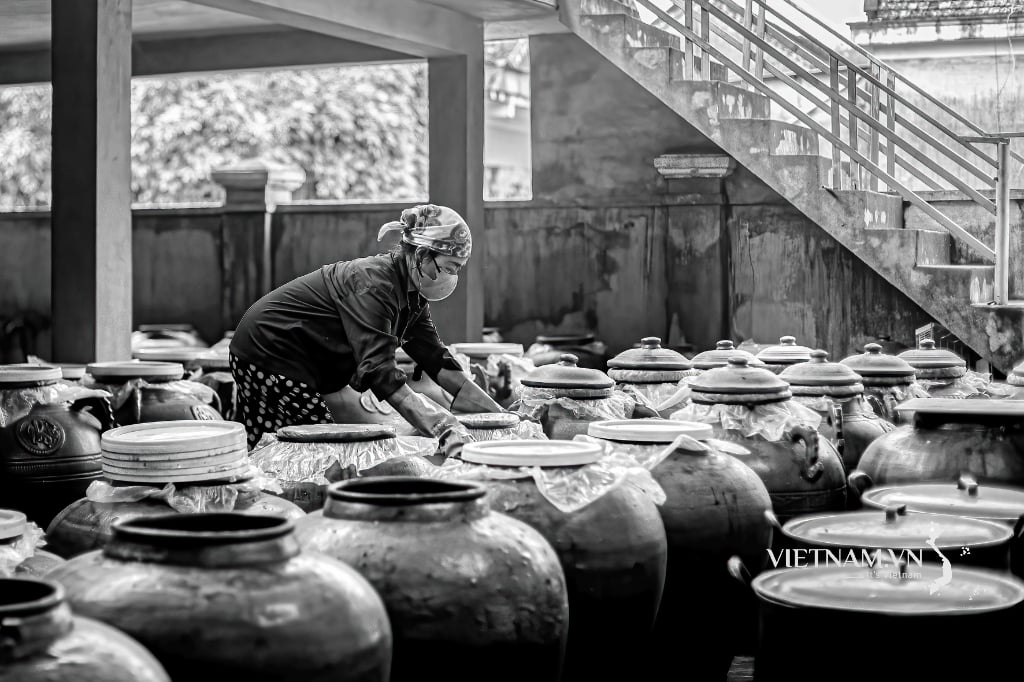
Comment (0)